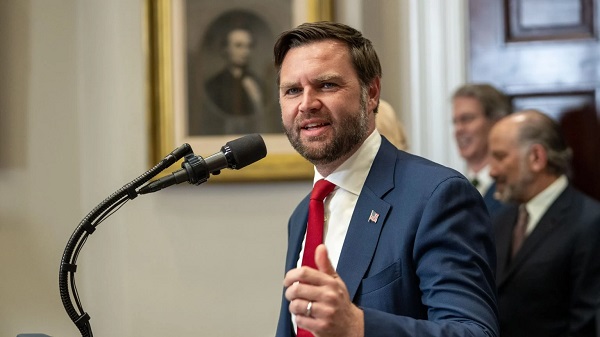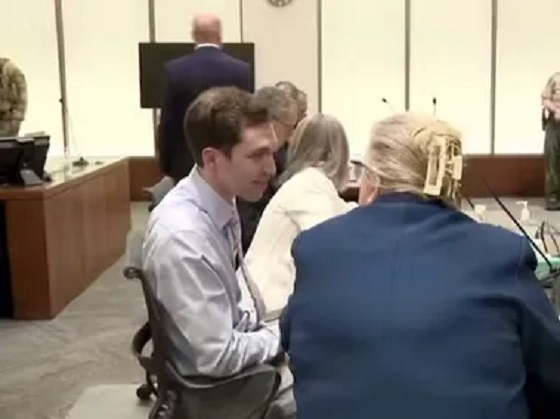From The Center Square
By Casey Harper
U.S. House Oversight Committee Chair Rep. James Comer, R-Ky., ratcheted up an investigation Thursday into the alleged cover up of President Joe Biden’s ongoing mental decline.
The media, president Biden and family and staff close to him as well as the president’s doctor have taken fire from those who say they colluded to cover up Biden’s mental decline, which eventually became impossible to ignore during a fateful debate last summer against now President Donald Trump.
Questions about the president’s mental decline were brushed aside by the mainstream media and top Democrats up until that point. They often insisted the president was “sharp” and on top of his game.
Comer pointed to a line from “Original Sin,” a new book by CNN’s Jake Tapper and Axios’ Alex Thompson, that says “five people were running the country, and Joe Biden was at best a senior member of the board.”
Another component of the story is Biden’s potential use of an autopen to sign documents instead of signing them by hand, though the use of autopen and to what degree it was used has not been confirmed.
“The cover-up of President Biden’s obvious mental decline is a historic scandal,” Comer said in the letters. “The American people deserve to know when this decline began, how far it progressed, and who was making critical decisions on his behalf. Key executive actions signed by autopen, such as sweeping pardons for the Biden Crime Family, must be examined considering President Biden’s diminished capacity.”
Now, Biden has announced a cancer diagnosis, raising questions about how long the president and his team knew about the cancer before announcing it.
Trump said this week he was “surprised the public wasn’t notified a long time ago” given how far Biden’s cancer has progressed.
Comer called for transcribed interviews with President Biden’s Physician Dr. Kevin O’Connor; former Director of the Domestic Policy Council Neera Tanden; former Assistant to the President and Senior Advisor to the First Lady Anthony Bernal; former Assistant to the President and Deputy Chief of Staff Annie Tomasini; and former Special Assistant to the President and Deputy Director of Oval Office Operations Ashley Williams.
“In the last Congress, the Biden White House blocked these individuals from providing testimony to the Oversight Committee as part of the effort to cover-up Biden’s declining health,” Comer said. “Any continued obstruction will be met with swift and decisive action. The American people demand transparency and accountability now.”




















